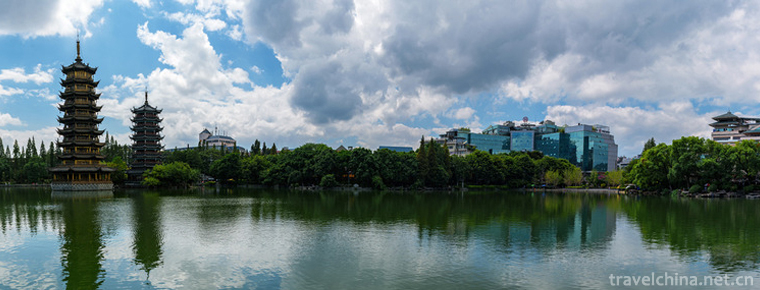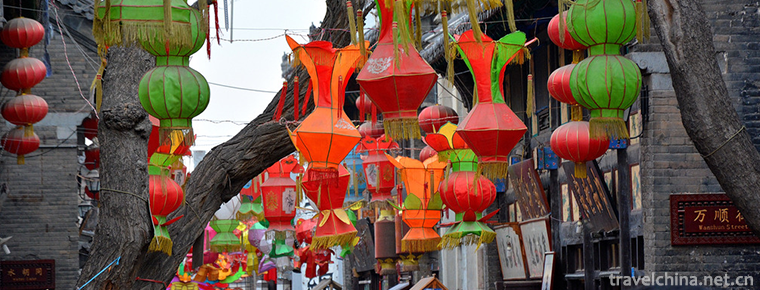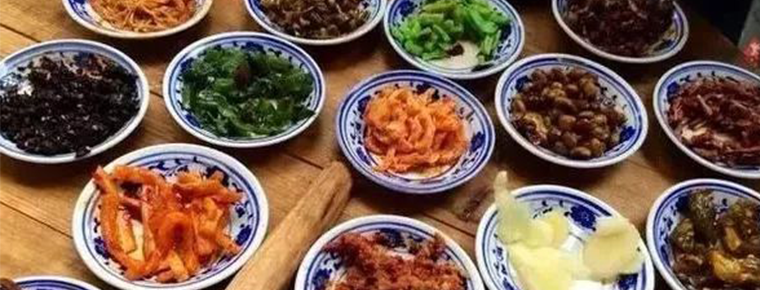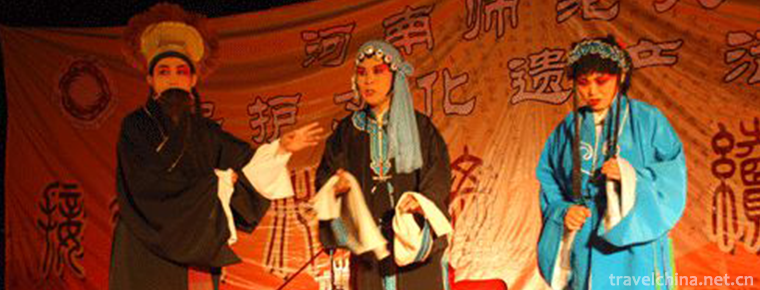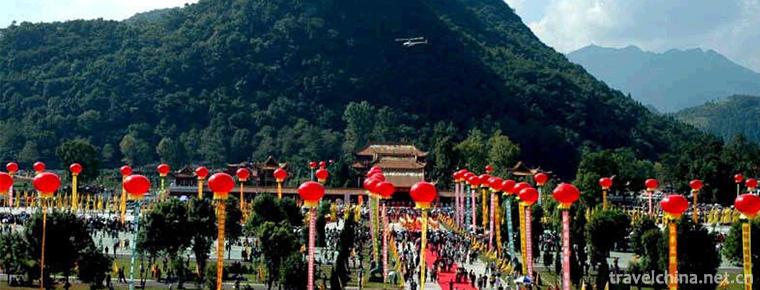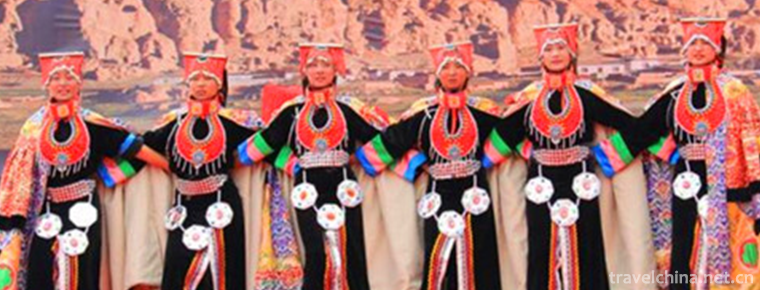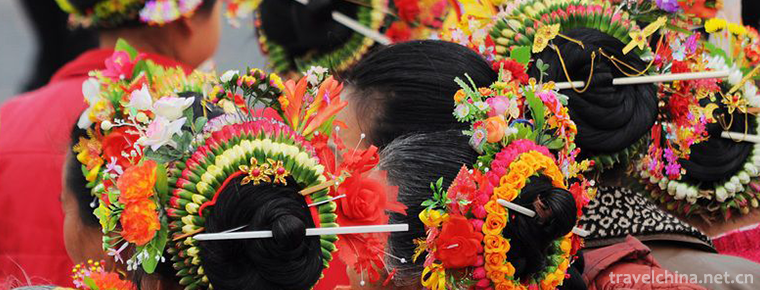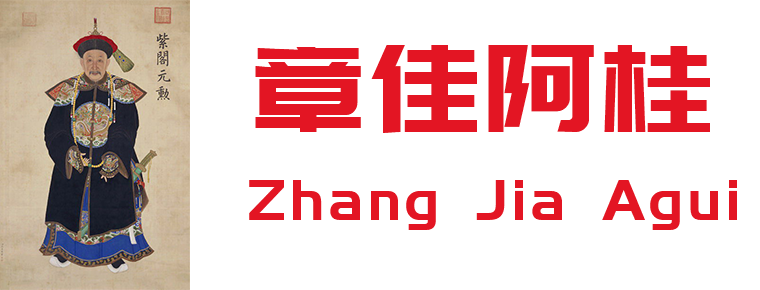Forging Technology of Nanjing Gold Foil
Forging Technology of Nanjing Gold Foil
Nanjing gold foil forging technology, local traditional handicraft in Nanjing, Jiangsu Province, is one of the national intangible cultural heritage.
The gold foil process in Nanjing, Jiangsu Province, started in the Eastern Jin Dynasty and has a history of more than 1600 years. The production of gold and silver foil was recorded in the documents of the Southern Dynasty at that time. During the Yuan Dynasty, gold foil began to be produced in large quantities, and further developed in the Ming and Qing Dynasties. After the founding of New China, Nanjing gold foil has developed rapidly and sold to all countries in the world.
On May 20, 2006, Nanjing gold foil forging technology was approved by the State Council of the People's Republic of China and listed in the first batch of national intangible cultural heritage list, project number: _-36.
historical origin
As early as the Eastern Wu Dynasty or the Eastern Jin Dynasty, the development of religion gave birth to Nanjing gold foil, which was widely used in Buddha statues, God statues and construction industry. Nanjing was the earliest gold foil in the area around Maxiang, but they are all Longtan people, there are Liu, Ge, Yin three surnames of the family to make gold foil.
In the Qing Dynasty, gold foil handicraft industry was in its prime, and gold foil was not only sold in China. However, after 1840, China fell into the crisis of the state and the nation, the war continued, and China's gold foil industry also suffered heavy losses. Before liberation, the production of gold foil fell to the lowest level due to the dark rule of the Kuomintang reactionaries.
In the early days of the founding of the People's Republic of China, the sales channels of gold foil and gold thread in Nanjing were restored successively to the northeast, northwest and Beijing.
During the Cultural Revolution, Nanjing gold foil enterprises were mainly located in Longtan and a few in Jiangning. At that time, the production process and quality of gold foil were very backward. Many enterprises turned to the production of gold powder, and the production of gold foil products stopped. Later, as China's national economy was on the verge of collapse, the export of light industrial products was paid more attention, and the production of gold foil and wire was paid more attention. In 1976, the Jinxian Gold Foil Factory of Jiangning County also took gold foil to go abroad for the first time and paid gold to the then Kremlin Palace of the Soviet Union, which won international recognition.
Technological characteristics
Nanjing gold foil forging technology is unique, high technical requirements, maintaining the traditional smelting, beating and other skills, from ancient to modern, has been for manual hammering, is a special traditional process in China. Nanjing gold foil is pure in color, uniform in thickness and durable. Its forging technology completely preserves the traditional technology of gold foil production in China for thousands of years.
The hammering of gold foil is exquisite. Two craftsmen are required to sit in pairs to open the process. The upper palm hammer, handles turning paper, shifting and other technical essentials, requires "folding, pushing, eating, feeding in". The technical standard of "lifting the hammer to wipe the ears, dropping the hammer to wipe the chest, up and down the line, and opening the nose beam of the hammer is to strike evenly and show crab shell shape". Nanjing gold foil hammered out has the characteristics of pure color, uniform thickness, thin like cicada wings, soft like silk and satin. Nanjing gold foil will never change color, and its collection is still brilliant for hundreds of years.
Modern gold foil artists combine ancient traditional crafts with modern science and technology to make traditional gold foil forging more brilliant. Using scientific methods to produce the most critical foil for hammering gold foil, the quality is more stable.
Inheritance and Protection
Inheritance Significance
Nanjing gold foil has a wide range of uses, traditional gold-pasting technology is mainly used to decorate palaces, temples and their furnishings, decorative objects; the Forbidden City, the White House, Versailles Palace, Buckingham Palace, Kremlin Palace, Tibet Potala Palace, Henan Shaolin Temple, Moscow China Hotel, Thai Palace, Osaka Archway Building, President Zaire's residence are all produced in Nanjing. Gold foil.
Nanjing gold foil has been widely developed and utilized in many fields such as food, cosmetics, architecture, technology and decoration. There are still a lot of technological processes in gold foil production that can not be replaced by machines. It is these ancient intangible cultural heritages that ensure the quality and price advantages of Nanjing gold foil when participating in international competition.
China's export of real gold foil is well-known in the world, and has been exported to Italy, the United States, Germany, Japan, Turkey, Egypt, Southeast Asia and more than 40 countries and regions. With the development of modern production technology, the gold foil production part has embarked on the track of industrialization, and broadened the new uses of gold foil.
Current situation of inheritance
Nanjing gold foil forging technology has been mostly replaced by machine assembly line, but the twisting, production and other processes can only be completed by hand. However, because of the high skilled and labor-intensive work, young people are reluctant to engage in this industry. There are few successors in Nanjing gold foil industry. The market of gold foil derivatives in the market is shrinking day by day. In addition, the appearance of foil-beating machines has an impact on some traditional processes. Nanjing gold foil forging technology is facing the risk of loss of transmission.
Heritage figures
Wang Bisheng, male, was born in October 1951. On May 26, 2009, Wang Bisheng was selected as the representative successor of the third batch of national intangible cultural heritage projects, which was declared by Nanjing, Jiangsu Province. Project Name: Nanjing Gold Foil Forging Technology.
protective measures
In 2000, in order to further publicize the gold foil culture, Nanjing Gold Foil Group Co., Ltd. established the China Gold Foil Memorial Hall to show the traditional process and history of gold foil. By 2009, Nanjing Golden Foil Group Co., Ltd. had held three consecutive "Golden Foil Culture Festivals" to promote the culture of gold foil, in order to arouse the whole society's concern, attention and protection awareness of the traditional technology of gold foil.
In 2006, Nanjing Gold Line Gold Foil General Factory established Nanjing Gold Foil Forging Technology Training Base in China.
On March 6, 2017, Nanjing Gold Foil Museum of China opened in Longtan, Nanjing, which is the first comprehensive gold foil Museum in the world.
social influence
Important Exhibitions
From February 9 to 23, 2009, China's intangible cultural heritage traditional arts exhibition series was held in Beijing, and Nanjing gold foil forging technology was exhibited.
On October 18, 2014, the first cultural temple fair of "Symbol Jiangsu" co-sponsored by the Jiangsu Provincial People's Government and the British Government of Essex opened in Essex, England, and Nanjing Gold Foil was exhibited.

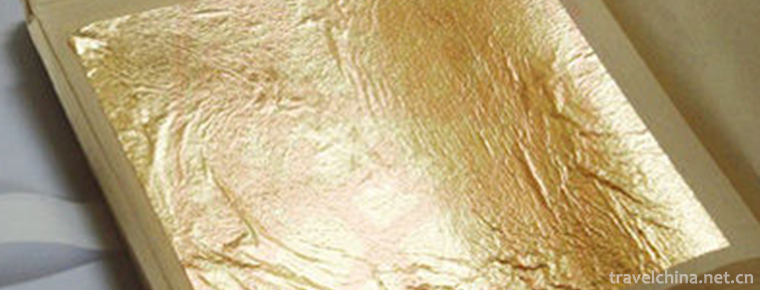
-
Old Summer PalaceYuanmingyuan
No. 28 Qinghua West Road, Haidian District, Beijing, China.
Views: 114 Time 2018-10-03 -
Guilin two rivers and four lakes
Guilin's "two rivers and four lakes" refer to the Lijiang River.
Views: 153 Time 2018-10-12 -
Shajiabang Yushan Shanghu Tourist Area
Shajiabang Yushan Shanghu Tourist Area is located in Changshu, a famous historical and cultural city in the south of the Yangtze River,.
Views: 212 Time 2018-12-06 -
Zhoucun Ancient Mall
Zhoucun Ancient Mall, also known as Street, is located in Zhoucun District, Zibo City, Shandong Province. The main road of Shandong Province, Jiqing Expressway.
Views: 113 Time 2019-03-20 -
De rong xue qiang
Derong Xueqiang is a folk dance popular in Waka Township, Derong County, Ganzi Prefecture. Its movements are strong, simple and generous, its next steps are strong and its feet are crisp.
Views: 196 Time 2019-04-26 -
Making Techniques of Pickled Vegetables
Making pickles, the traditional skills of Beijing Liubiju Food Co., Ltd., is one of the national intangible cultural heritage..
Views: 107 Time 2019-05-06 -
Falling cavity Luoqiang
Luoqiang is a traditional opera in Neihuang County, Anyang, Henan Province. It was originally called Luoziqiang, also known as Anyang Qiang. It is mainly prevalent in the Zhanghe River Basin in the no.
Views: 350 Time 2019-05-15 -
Sacrifice to Emperor Shun
Modern Shun Emperor Mausoleum sacrificial activities take the theme of "respecting ancestors and patriotism, inheriting civilization, uniting people's hearts and promoting development". The .
Views: 127 Time 2019-06-16 -
Xuan dance
Xuan is the Xiangxiong language. The earliest name used by Yongzhong Ben religion of the ancient Xiangxiong Buddha is "Xuan" dance. Xuan has more profound and profound implications. Xuan is .
Views: 127 Time 2019-07-09 -
The Custom of Hupu Women
Hupu women's custom is a traditional folk custom in Quanzhou City, Fujian Province. Hupu women are mainly distributed in the communities of Hupu, Jinzai, Houpu and Dongmei in Donghai Street, Fengze Di.
Views: 195 Time 2019-07-09 -
Zhang Jia Agui
Ah Kui (September 7, 1717 - October 10, 1797). Zhang Jiashi , word Guang Ting , Number Cloud cliffs Manchuria's blue flag people (after the war in Xinjiang were promoted to Zheng Bai Qi), a Bachelor o.
Views: 191 Time 2019-09-11 -
Cultural undertakings in Guangan
As of 2019, there are 5 radio and TV stations and 2 Radio and TV stations in Guang'an City. The comprehensive coverage rate of broadcasting is 99.7%, and that of television is 99.8%. There are 7 public libraries, 21 theatres and theatres, 4 museums an.
Views: 329 Time 2020-12-19

